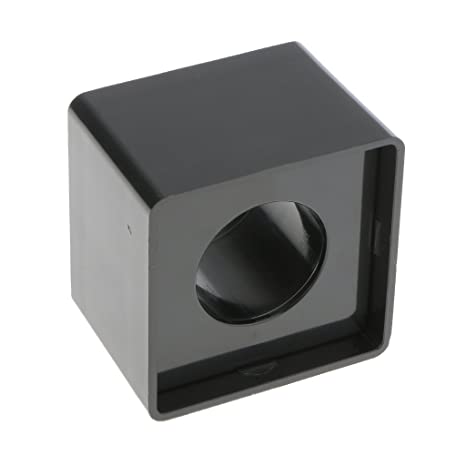ABS injection molding parts are more and more widely used, so how to increase its brightness? In general, we increase the brightness of ABS injection molded parts from 3 aspects of injection mold and injection molding process. Let’s specifically explain how to operate!
How To Increase Brightness Of ABS Plastic Injection Molding
Increase ABS Injection Mold Brightness – Injection Mold
1. Poor machining of mold cavity. If the mold cavity has defects such as scars, micropores, wear, roughness, etc., it will inevitably be reflected on the plastic parts, which will cause the plastic parts to have poor gloss. Can be polished chrome.
2. Surface stains on the cavity. If the surface of the cavity has oil stains, water stains, or too much release agent, it will make the surface of the plastic parts dark and dull. For this, the oil stains and water stains should be removed in time, and the release agent should be used in limited amounts.
3. The mold release slope is too small. If the stripping slope is too small, it will cause difficulty in demolding, or the force will be too large during demolding, which will make the surface gloss of the plastic parts poor. For this, the stripping slope should be increased.
4. Poor mold exhaust. If the exhaust is poor, it will cause too much gas to stay in the model, and it will also cause poor gloss. For this, the mold exhaust system should be checked and corrected.
5. Improper design of gate or runner. The cross-sectional area of the gate or runner is too small or changes suddenly. When the melt flows in it, the shear force is too large, and the flow is turbulent, which leads to poor gloss. For this reason, the cross-sectional area of the gate and runner should be appropriately increased.
Increase ABS Injection Mold Brightness – Injection Molding Process
1.The injection speed of ABS injection molding is too slow. The injection speed is too small, resulting in the surface of the plastic part is not dense, showing poor gloss. For this, the injection speed can be appropriately increased.
2. Insufficient cooling of plastic parts. If the cooling of thick-walled plastic parts is insufficient, the surface will be fluffy and the gloss will be dark. For this, the cooling system should be improved.
3. Improper packing operation. If the holding pressure is too small and the holding time is too short, the density of the plastic parts is not enough and the gloss is not good. For this, the holding pressure and holding time should be increased.
4. The melt temperature is too low. When the melt temperature is too low, the fluidity is poor, and it is easy to cause poor gloss. For this, the melt temperature should be appropriately increased.
5. Uneven cooling of crystalline resin. For plastic parts made of PE, PP, POM, etc., uneven cooling will result in poor gloss. For this, the cooling system should be improved to allow it to cool uniformly.
6. The injection speed does not match the gate area. If the injection speed is too high, and the gate cross-sectional area is too small, the gate will be dark and poor gloss. For this, the injection speed and gate cross-sectional area can be appropriately reduced.
Increase ABS Injection Mold Brightness – Raw Materials
1. The size of raw materials varies greatly. The large difference in particle size makes it difficult to uniformly plasticize and the gloss is poor. For this, the raw materials should be sieved.
2. Too much secondary material in the raw material. If too much recycled material or sprue material is added, the uniform plasticization of the melt will be affected and the gloss will be poor. For this reason, the amount of recycled material or sprue material added should be reduced.
3. Poor temperature resistance of raw materials. Some raw materials will decompose and discolor during temperature adjustment, resulting in poor gloss. For this, raw materials with better temperature resistance should be selected.
4. Raw materials contain volatile substances. If the content of moisture or volatile matter in the raw material is too high, it will volatilize into gas when heated and condense in the cavity and melt, resulting in poor gloss of the plastic parts. For this, the raw material should be pre-dried.
5. The dispersibility of additives is not good. Some additives have poor dispersivity, which leads to poor luster of plastic parts. Therefore, the additives with better flow performance should be used instead.
6. Impure raw materials. If the raw materials are mixed with foreign matters, impurities or insoluble materials, they can not be mixed and fused together with their raw materials evenly, resulting in poor luster. Therefore, these impurities should be strictly excluded in advance.
7. Too little lubricant. If the amount of lubricant is too small, the fluidity of the melt is poor, and the surface of the plastic part is not dense, which makes the gloss poor. For this, the amount of lubricant should be appropriately increased.Plast

